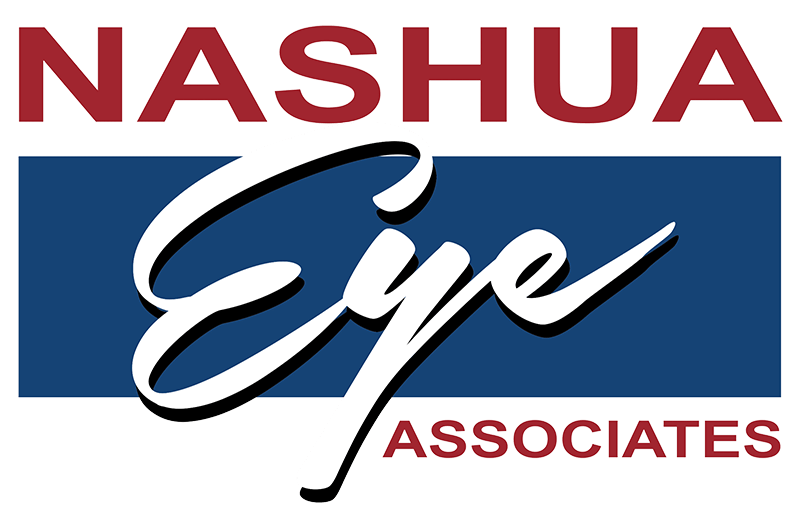Nashua Eye doctors are evaluating the long term benefits of the recently approved Raindrop Inlay. The goal of the Raindrop cornea inlay is to reduce the need for reading glasses in middle aged patients who have good distance vision without spectacles or contact lenses. The following is an excerpt from the FDA approval letter.
The U.S. Food and Drug Administration approved the Raindrop Near Vision Inlay, a device implanted in the cornea (the clear, front surface) of one eye to improve near vision in certain patients with presbyopia. It is the second FDA-approved implantable corneal device for correction of near vision in patients who have not had cataract surgery and the first implantable device that changes the shape of the cornea to achieve improved vision.
Presbyopia is the loss of the ability to change the focusing power of the eye, resulting in diminished near vision. The focusing power of the eye decreases in nearly all adults over the course of their lifetime. It usually occurs in the fourth or fifth decade of life due to normal aging. Some people may develop symptoms of presbyopia sooner than others, but nearly everyone will eventually develop symptoms and may require some method of near vision correction. Bifocals and reading glasses are a common correction method. Corneal inlay surgery is an elective option for those who may not want to wear glasses.
“Given the prevalence of presbyopia and the aging of the baby boomer population, the need for near vision correction will likely rise in the coming years,” said William Maisel, M.D., M.P.H., deputy director for science and chief scientist in the FDA’s Center for Devices and Radiological Health. “The Raindrop Near Vision Inlay provides a new option for surgical, outpatient treatment of presbyopia.”
The Raindrop Near Vision Inlay is a clear device made of a hydrogel material and resembles a tiny contact lens smaller than the eye of a needle. It is indicated for use in patients 41 to 65 years old who, in addition to not having had cataract surgery, are unable to focus clearly on near objects or small print and need reading glasses with +1.50 to +2.50 diopters of power—but do not need glasses or contacts for clear distance vision.
To insert the device, an eye surgeon uses a laser to create a flap in the cornea of the patient’s non-dominant eye, implants the device into the opening, and puts the flap back in place. The inlay provides a steeper surface that can help the eye focus on near objects or print. The natural lens of the eye typically performs this function by changing shape, but in patients with presbyopia the lens becomes hardened and ineffective at focusing on close-up objects, which causes poor near vision. By reshaping the curvature of the cornea, the inlay corrects the refractive error that results in near vision problems.
The safety and effectiveness of the Raindrop Near Vision Inlay were studied in a clinical trial of 373 subjects implanted with the device. Two years after implantation, 92 percent of patients included in the analysis (336 out of 364) were able to see with 20/40 vision or better at near distances with the inlay-implanted eye.
The Raindrop Near Vision Inlay implantation may cause or worsen problems with glare, halos, foreign body sensation and pain. There is a risk of developing infection, inflammation, a new dry eye condition or exacerbation of an existing dry eye condition, retinal detachment, or a decrease in distance vision. The device may cause complications of the cornea, such as corneal scarring, swelling, inflammation, thinning, clouding or melting. The device may cause certain tissue in the eye to grow into the cornea (epithelial ingrowth), causing clouding. Some patients may require a second surgery to remove or replace the inlay.
The Raindrop Near Vision Inlay is not recommended for patients who: have severe dry eye or an active eye infection or inflammation; exhibit signs of corneal disease characterized by general thinning and cone-shaped protrusion in the center of the cornea (keratoconus); have abnormal features of the outer part of the eye (cornea) to be implanted; have certain autoimmune or connective tissue diseases; do not have enough corneal thickness to withstand the procedure; have a recent herpes eye infection or problems resulting from a previous infection or have uncontrolled glaucoma or uncontrolled diabetes.




